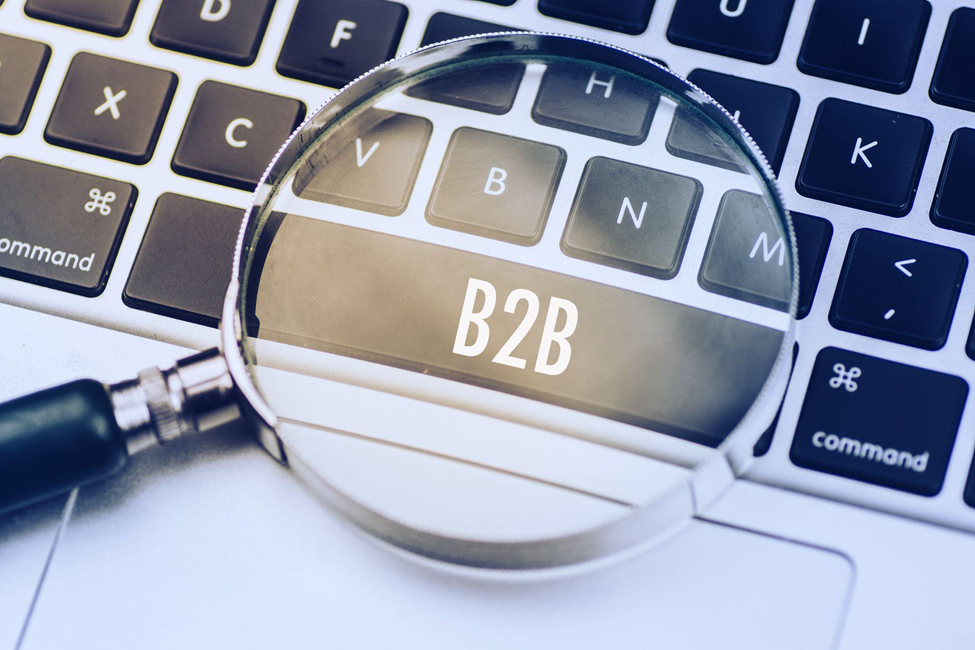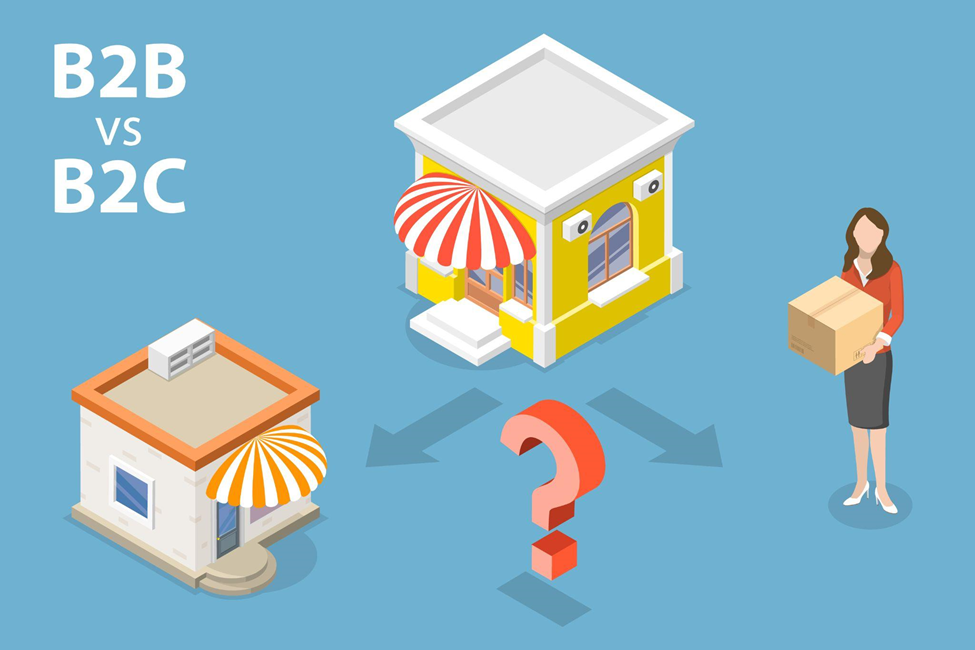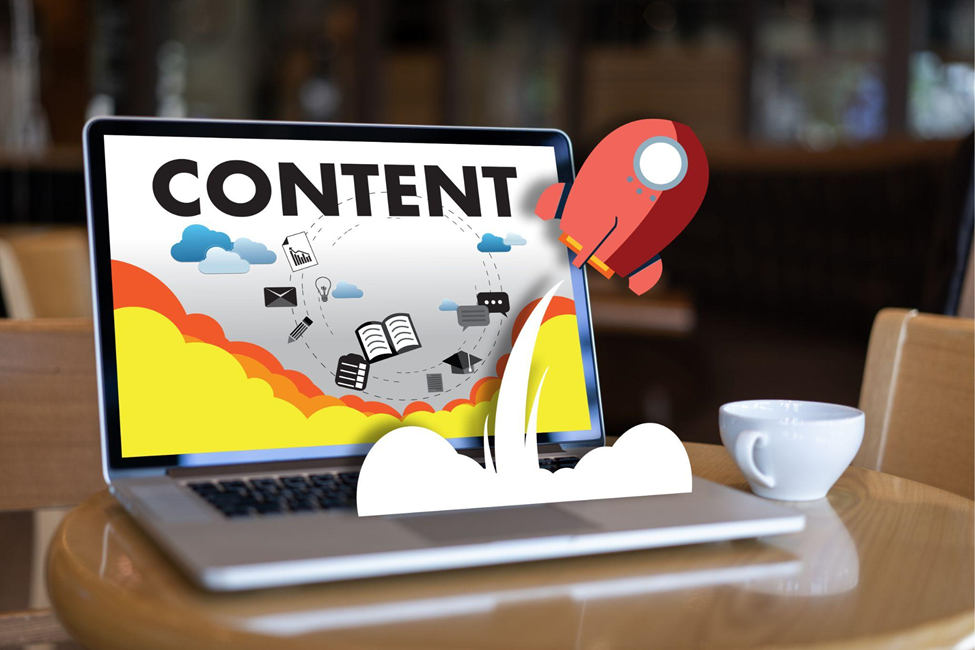The Ultimate Guide To B2B Content Marketing Strategy In 2022
- Brainz Magazine

- Mar 10, 2022
- 8 min read
Written by: Terry Tateossian, Executive Contributor
Executive Contributors at Brainz Magazine are handpicked and invited to contribute because of their knowledge and valuable insight within their area of expertise.

H1: The Ultimate Guide to B2B Content Marketing Strategy in 2022
Nothing equals the power of content marketing when it comes to earning the trust of your target audience and potential consumers. An effective content marketing strategy is essential in the competitive internet world of 2022, whether you're trying to bring in new customers, keep your present ones satisfied, or both.

A large part of the revolution in B2B marketing over the last several years has been content. The COVID pandemic has altered the scene in unforeseen ways in the previous two years (2020 & 2021), but content marketing has kept many companies viable. Hopes are high, though, as a new year approaches.
Some believe that B2B material tends to be a little dull. You may count on your friends and family to spread the word about your business and bring in new customers.
For a B2B organization, the success of content marketing rather than following someone else's advice is what matters most in the long run.
Suppose you want to create a positive first impression on a potential customer while learning about a product. In that case, you need a material that works for your company, not just anybody else's recommendations.
According to industry predictions, content marketing is expected to expand by $417.85 billion between 2021 and 2025. If you want to improve your B2B content marketing outcomes for the foreseeable future, now is the time to start laying the groundwork.
The first step is to work on B2B content marketing trends in 2022, and this article will show you exactly how to do that and successfully build your strategy!
H2: What is B2B Content Marketing?
B2B (Business to Business) content marketing is a strategy that aims to increase traffic, create leads, enhance sales, or build brand recognition via the creation and distribution of content. B2B marketers should strive to create captivating content that is relevant to the audience and provides value.
B2B marketing tactics used in this approach include: expert blogging, white papers, surveys, polls, social media, email marketing, video marketing, etc.
Business-to-business content marketing has the ultimate objective of creating relevant information that will persuade other businesses to purchase a product or service. As a result, the measures are not intended against consumers but rather for executives at other firms.
It aims to increase the brand's digital presence in the market, improve lead creation, and demonstrate to the prospect what your organization can do for you. While consumers are looking for deals and pleasure, businesses look for efficiency and information.
As a result, the methodology must be distinct from what is frequently utilized in B2C content marketing. If you're creating a new company strategy, you'll need to tailor your message to the specific demands of your target audience.
B2B content marketing differs significantly from B2C content marketing, as we'll see in a moment.
H2: B2B and B2C Content Marketing: The Difference

The primary distinction between B2B and B2C content marketing is who is being targeted for each kind of campaign. In contrast to B2C marketing strategies, B2B content marketing strategies generally need marketing to one or more individuals inside a company before the ultimate decision-makers are engaged.
This distinction has a significant influence on content strategy as well as the sorts of material created in B2B and B2C content marketing ‒ based on who your target audience is and what drives them to make purchasing choices.
H3: B2B Content
Some social media networks, such as Instagram and Facebook, aren't necessarily perfect for B2B content marketing. Others, like LinkedIn, provide B2B marketers with some wonderful possibilities to find and attract new prospects.
LinkedIn's sponsored content function enables companies to display their material directly on the news feeds of prospective consumers who have already demonstrated an interest in their field by engaging with their past content or their rivals.
The goal of B2B content marketing is to establish you as a thought leader in your industry.
When making B2B purchasing choices, thought leadership is critical. Before making a purchase, buyers must believe that you are more educated than your competition.
H3: B2C Content
Social media has emerged as the most crucial B2C marketing tool in the last two years. B2C businesses may use social media to promote their products and services, communicate with their customers, and get insights into what they buy and why.
Also, your content development approach will be determined by the social media networks your target audience uses, which you may learn about by establishing different buying personas.
So if your target audience is mainly on Instagram, you can utilize images and videos to show off your product and notify them about any impending releases or promotions.
There are various Instagram "stories" features you can use to solicit input from your followers and learn more about their preferences and motives for making purchases, such as surveys and questionnaires.
H2: The Importance of Content Marketing for B2B Companies
If your business depends significantly on word-of-mouth and referrals from current partners to bring in new customers, you may be hesitant to engage in B2B content marketing techniques.
Regardless of how you plan to acquire new customers, there are a few reasons why content marketing is a must. Let us examine them.

H3: High ROI
Developing a content strategy may seem to be a costly endeavor. The production of certain material forms, such as video, maybe rather pricey. You'll get a return on your investment, though, if your B2B approach is effective, as you will experience all the benefits of video marketing.
The average return on investment (ROI) for each B2B marketing approach varies. Your content marketing objectives will determine the exact proportion you should use. It's not a waste of money if you prepare your strategy effectively.
H3: Expertise in Your Field
B2B buyers are no exception to the rule of researching a brand before making a purchase. According to Gartner's report, twenty-seven percent of B2B buyers do internet research, and eighteen percent conduct offline research.
B2B content marketing helps B2B businesses find new consumers by creating channels for them to learn about their products and services. In addition, the material you create for your customers raises your authority in the sector as a result of your efforts.
H3: Increased Brand Recognition
Content marketing is common practice for B2B organizations looking to enhance their brand's visibility, as previously indicated.
Your company's identity is built on the strength of its content. If done correctly, your material will set you apart from the competition and increase the visibility of your business.
H2: B2B Content Strategy in 2022: How to Build a Successful Plan
Now that we've covered the theory, it's time to get down to business and talk about how to develop an effective B2B content strategy.
H3: Determine Who You're Trying to Reach

Without a well-defined customer persona, creating content is a waste of time in marketing. Understanding who your target market is and the issues they face is critical.
As a result, establishing your target audience is an excellent place to begin developing a B2B content marketing strategy. To begin, you'll need to familiarize yourself with the basics:
Age, gender, language, place of residence, marital status, occupation, and income are all part of a person's demographic profile.
People's psychographics ‒ their interests, hobbies, and challenges determine what they want to do in life.
A good target audience persona may be created using these metrics.
You might use social media data to build up your buyer profile as a further option. Using LinkedIn, for example, you may learn more about your followers' jobs.
You may also get up-to-date information about your prospective customers by engaging in a little social listening. You may conduct surveys to learn more about your audience's demographics, requirements, and preferred content.
The B2B content marketing funnel and how your content fits into each step of the consumer journey should also be taken into account. This comprises the following: awareness, consideration, preference, purchase, and long-term commitment.
H3: Prepare a List of Possible Content Topics

The second phase is content creation, which is the process of identifying the most relevant subjects to your target audience. It is possible to discover content marketing subjects in a variety of methods.
Write down all of the terms that relate to your brand and product: Consider your industry, the demands your product addresses, and come up with a list of broad keywords.
The purpose of each term should be considered: Is the keyword being used for informative, directional, transactional, or commercial purposes? Your keywords should be broken down into categories based on the sort of search intent they have so that you can determine where they belong in your sales funnel.
You may use keyword research to uncover high-volume keywords and build content pillars. Finally, long-tail keywords should be used in conjunction with the center pillar page in order to form subject clusters around it. Consequently, you now have a fresh approach to creating and distributing information.
H3: Create a Content Strategy

The next step is to create a content strategy and compile your prior findings into a logical framework.
Begin by choosing a distribution method:
Owned- The distribution channels for your content that your company owns.
Shared- You may publish stuff to social networking sites and other places, but you must abide by their rules.
Paid- Search and social media advertising on third-party sites.
Distribution methods should be chosen in accordance with your target audience's content demands and sales funnel stages.
Next, pick the content categories you want to use. There are many different sorts of content you can create to meet the needs of your target audience, depending on their persona and where they are in the buying process. The kind of information that appears at the top of search engine results pages (SERPs) for a certain term will influence your decision.
Planning a publication timetable for content may begin as soon as distribution channels and content categories have been established.
Use Google Sheets or Google Calendar to create this calendar. Plugins for editing your website's content are also available if you're using WordPress.
H3: Write, Publish, and Promote Your Content

Once you have your content outline and keyword list, it's time to start writing. Make sure your material has the five essential qualities of engaging B2B content: value, relevance, credibility, content sharing, and the usage of visuals or infographics before releasing it.
Keep an eye on the performance of your material once it has been published. You shouldn't be surprised if you discover that your material is falling behind.
To get the performance back on track, you'll need to track out the problems causing the poor performance, correct them, and then update your material.
H2: Wrapping Up
According to the methods and campaigns we examined in this article, B2B organizations with strong content marketing plans are certain to thrive.
For a B2B piece of content to be effective, it must satisfy a target audience's specific need, be distinctive, give fresh perspectives, and be on the appropriate channel.
However, do you have many possibilities when it comes to developing a strategy? Yes, and in fact, you have complete control over how any form of material is presented. All of your material must be purposeful and have a specific aim in mind at all times.

Terry Tateossian, Executive Contributor Brainz Magazine
Terry Tateossian, Founding Partner of Socialfix Media is a fourth-generation entrepreneur who is recognized as an Inc. 5000 America’s Fastest-Growing Private Companies, Forbes’ Top Women in Business, Fastest Growing Women Presidents by WPO, and 40 Under 40 Business Leaders by NJBIZ. Terry has been featured for outstanding leadership and career accomplishments in numerous industry publications as an engineer, a thought-leader in technology, and an innovator in the field of marketing. But her favorite and toughest earned title is being “Mom” to her 2 children.









